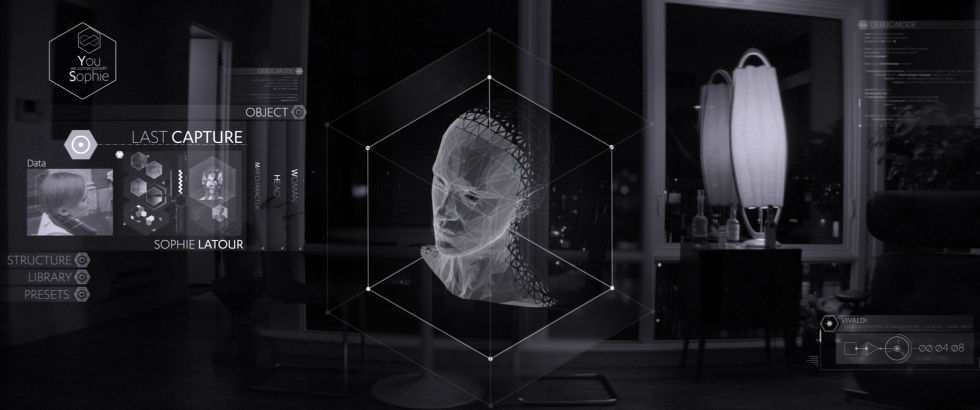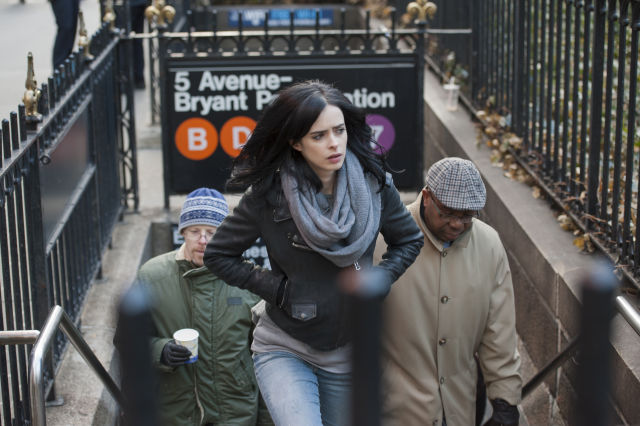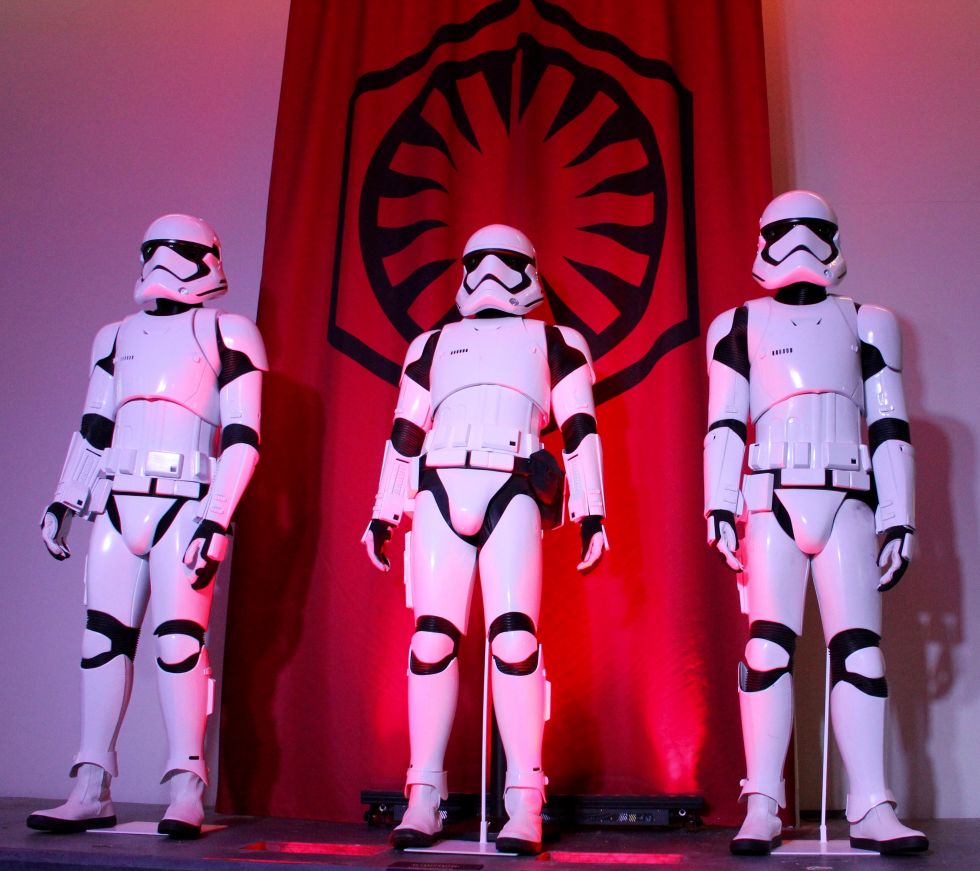Magnolia Pictures
Here's what the future looks like: collecting data on people while wearing AR glasses.
7 more images in gallery
In the film Creative Control, set in near-future New York, people can slip on a pair of normal-looking glasses and experience a world that is part reality and part fantasy. This is what companies like Google and Microsoft have been trying to achieve with AR: technology you can wear on your face that doesn’t look completely ridiculous and allows the wearer to access a constant virtual overlay on the real world. There are obvious privacy concerns associated with this kind of device, namely, that you can record people without their knowledge. But there’s also the risk that your real and virtual worlds become so intertwined that you won’t know the difference. That's exactly what happens in Creative Control, with fascinating and genuinely funny results.
David (Benjamin Dickinson, who also directed and co-wrote) is an ad executive who hires musician Reggie Watts (playing himself) to create something using augmented reality glasses for a new client, the appropriately named Augmenta. David is also tasked with trying out a pair of the AR glasses. He talks to friends in the street, goes to parties, and works while the glasses collect data on anything he sees. He then uses this data to create virtual fantasies—which are centered around an avatar of his best friend’s girlfriend. Whenever he is having a bad day at work or gets in a fight with his own girlfriend, he puts on the glasses and escapes into his fantasy world. It’s probably not giving too much away to reveal that David’s virtual world does not make him any happier—the technology makes him anxious, paranoid, and unable to focus on his real life.
Augmented reality eyeglasses aren’t on the market yet, but Creative Control feels like it could happen in the next five minutes. The film captures the addictiveness of consumer technology—and sometimes, the loneliness and anxiety that can follow—with alarming accuracy. We see characters use their smartphones (which, in this vision of the future, look like see-through iPhones) to argue and flirt with each other over text messages. And David often chooses his Augmenta glasses over human interaction. David’s girlfriend, Juliette (Nora Zehetner), serves as the film’s voice of opposition to technology. She’s a yoga teacher who dreams of living away from the city and its plugged-in culture. Together, they represent two familiar desires of people who use tech from the moment they wake up until they go to sleep: one is to always stay connected, and the other is to throw your phone in the trash and return to nature.





